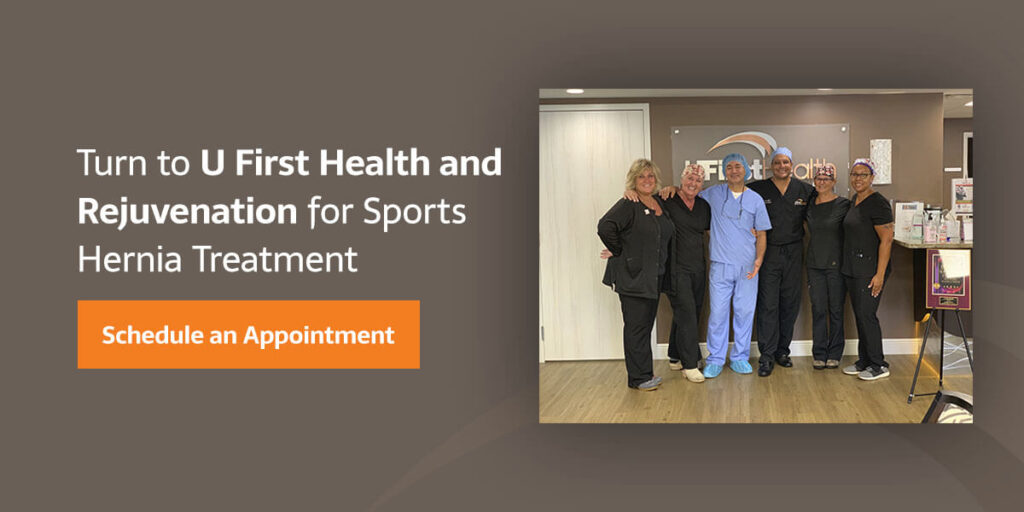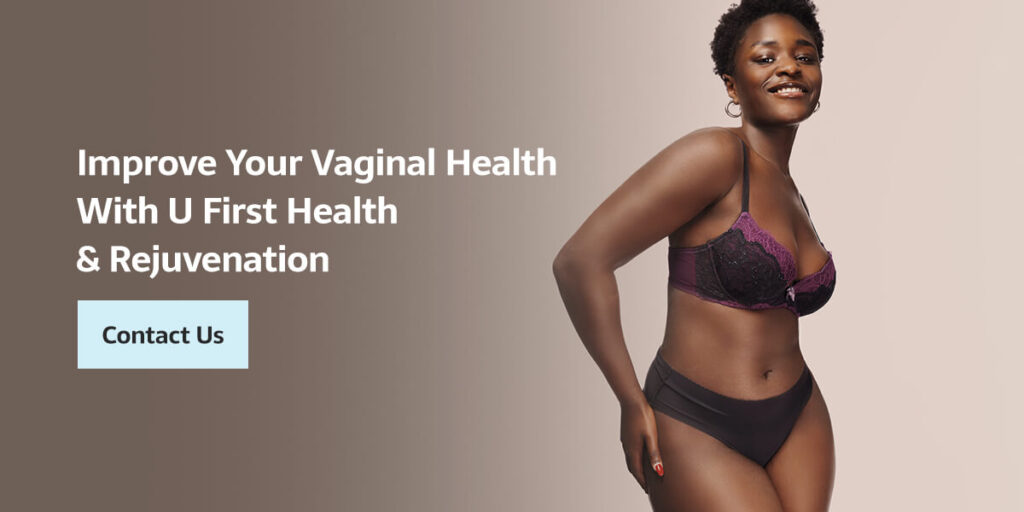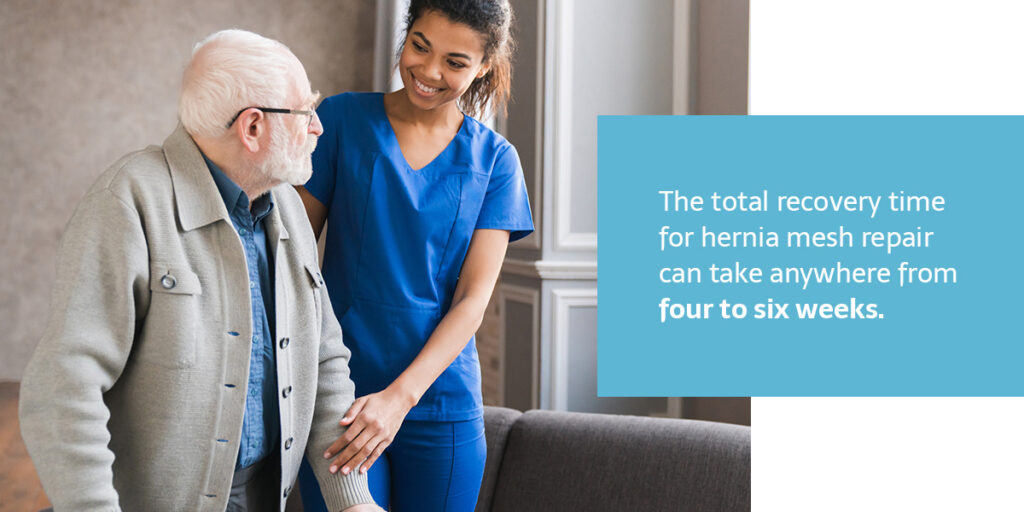
A labiaplasty can help with vaginal irritation, discomfort or decreased sexual pleasure. Patients have even experienced boosted confidence following a labiaplasty procedure. If you’ve struggled in any of these areas, a labiaplasty might be beneficial for you.
What Is Labiaplasty?
A labiaplasty is a safe, straightforward surgery that reduces the shape and size of the inner vaginal lips — also known as the labia minora. Some women are born with enlarged labia, and other women find that their labia stretch over time. Either way, the excess tissue can cause irritation, chafing and discomfort.
Labiaplasty aims to trim and reshape the inner labia and restore a more youthful appearance. The procedure can also be done on the labia majora, but it is less common.
How Does a Labiaplasty Work?
Patients undergo local or general anesthesia for the vaginal rejuvenation procedure for comfort. Overall, labiaplasties involve little to no pain. The procedure typically entails one of two standard techniques:
- Trim: This method involves removing the excess skin hanging past the labia majora and closing the open edges with absorbable sutures. Following the procedure, a thin scar can barely be seen along the edge of the vaginal lips.
- Wedge: In this technique, a wedge-shaped area of tissue is removed from both sides of the labia minora. The open edges join along the outer labia, resulting in a tucked-in, less pronounced look for the inner labia.
Benefits of Labiaplasty
Labia reduction can offer several advantages, especially for women who are experiencing discomfort on a daily basis. We’ve outlined a few of the functional and cosmetic benefits of a labiaplasty here.
Better Clothing Fit
Enlarged labia can result in embarrassment and physical discomfort when wearing tight clothing, like swimsuits or leggings. The excess skin can lead to chafing and uncomfortable pressure with movement. Labiaplasty can help make a favorite swimsuit or yoga pants fit comfortably again.
Increase Confidence
Discomfort regarding the labia can be both physical and emotional. You may feel self-conscious in intimate situations or while wearing tight clothing. Labiaplasty can improve your confidence in public and in the bedroom. A labiaplasty can also increase sexual confidence and pleasure, clearing the area around the clitoral hood and reducing the possibility of tissue being caught or dragged.
Reduced Pain
The inner labia are delicate and can be easily irritated when exposed during day-to-day activities. Exercising, riding a bicycle and walking for extended periods can cause the tissue to twist and pinch. Labiaplasty removes the excess tissue, so pain and discomfort from everyday friction are no longer an issue.
Improved Hygiene
Excess tissue can harbor bacteria. In private areas, it can increase the risk of UTIs and other health complications. Removing this excess tissue through labiaplasty can lead to more efficient and effective hygiene practices.
Minimizing the Effects of Childbirth or Aging
Aging can cause skin to lose elasticity and sag in various areas. This natural process can affect the labia, sometimes even before the rest of the body shows signs. Additionally, vaginal childbirth can cause the labia to stretch. A labiaplasty can mitigate these effects, restoring your body closer to its pre-aging or pre-pregnancy shape.
Vaginal Rejuvenation at U First Health & Rejuvenation
U First Health & Rejuvenation offers vaginal rejuvenation services, including labiaplasty, to help you achieve your goals for your body. Our team will prioritize you at every step, striving to create a welcoming environment where you feel comfortable sharing your story.
When you come in for a consultation, we will sit down with you, provide education on the procedure and answer any questions you may have. If you’re ready to take the next step toward improved confidence and comfort, contact U First Health & Rejuvenation today. We look forward to helping you in any way we can.









